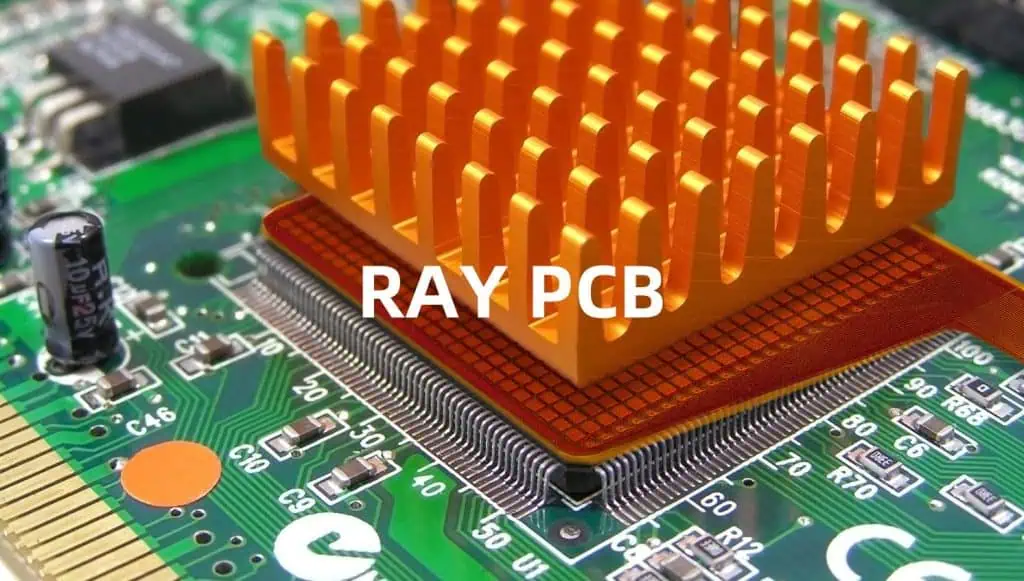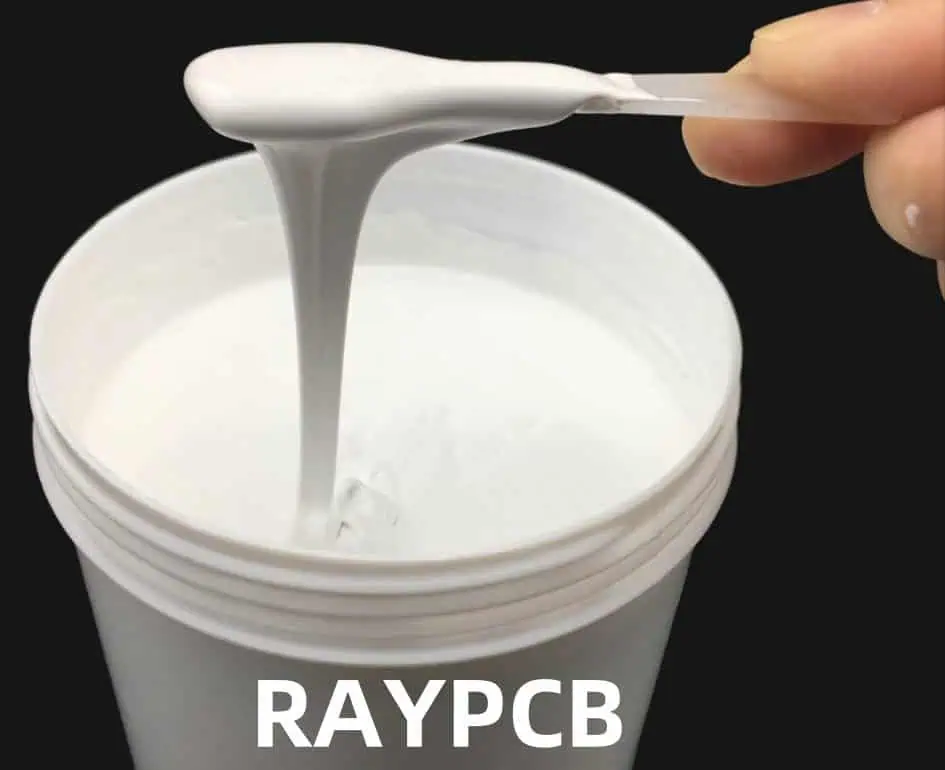Heat management is crucial in modern electronics, and choosing the right thermal paste for your heat sink can make a significant difference in system performance and longevity. This article will explore various types of thermal pastes, their properties, and how to select the best one for your specific needs.
Understanding Thermal Paste and Its Importance
What is Thermal Paste?
Thermal paste, also known as thermal compound, thermal grease, or heat sink paste, is a thermally conductive material applied between a heat source (such as a CPU or GPU) and a heat sink. Its primary purpose is to eliminate air gaps and improve heat transfer between the two surfaces.
Why is Thermal Paste Necessary?
Even seemingly smooth surfaces have microscopic imperfections that can trap air, which is a poor conductor of heat. Thermal paste fills these gaps, ensuring optimal thermal conductivity and efficient heat dissipation.
Types of Thermal Paste

Metal-Based Thermal Pastes
Metal-based thermal pastes contain small metal particles, typically silver or aluminum, suspended in a carrier fluid.
Advantages:
- High thermal conductivity
- Long-lasting performance
- Suitable for high-performance applications
Disadvantages:
- Can be electrically conductive
- Potential for short circuits if not applied carefully
- Often more expensive than other types
Ceramic-Based Thermal Pastes
Ceramic-based pastes use ceramic particles as the primary heat-conducting material.
Advantages:
- Non-electrically conductive
- Safe for most applications
- Generally more affordable than metal-based pastes
Disadvantages:
- Lower thermal conductivity compared to metal-based pastes
- May dry out over time
Carbon-Based Thermal Pastes
Carbon-based thermal pastes utilize carbon particles, often in the form of graphite or diamond particles.
Advantages:
- High thermal conductivity
- Non-electrically conductive
- Often easier to apply and clean up
Disadvantages:
- Can be more expensive, especially diamond-based pastes
- May have lower viscosity, making application trickier
Silicone-Based Thermal Pastes
Silicone-based pastes are among the most common and widely used thermal compounds.
Advantages:
- Good thermal conductivity
- Easy to apply and remove
- Non-electrically conductive
Disadvantages:
- May dry out over time
- Not as effective as some other types for high-performance applications
Comparing Thermal Paste Performance

To help you understand the differences between various thermal paste types, here’s a comparison table of typical thermal conductivity values:
| Thermal Paste Type | Typical Thermal Conductivity (W/mK) |
| Metal-based | 5.-12 |
| Ceramic-based | 3.-8 |
| Carbon-based | 4.-12 |
| Silicone-based | 2.-6 |
Note that these values are approximate and can vary between specific products within each category.
Factors to Consider When Choosing Thermal Paste
Thermal Conductivity
Thermal conductivity is a measure of a material’s ability to conduct heat. Higher values indicate better heat transfer capabilities. When selecting a thermal paste, consider the thermal demands of your system and choose a paste with appropriate thermal conductivity.
Ease of Application
Some thermal pastes are easier to apply than others. Consider your experience level and the frequency with which you’ll be applying the paste. For beginners or infrequent users, a paste with good viscosity and easy application properties may be preferable.
Electrical Conductivity
If you’re working with sensitive electronic components, it’s crucial to choose a non-electrically conductive thermal paste to prevent short circuits and component damage.
Longevity and Curing Time
Some thermal pastes require a curing period to reach optimal performance, while others work immediately. Consider how long the paste will maintain its effectiveness and whether it needs to be replaced periodically.
Price and Value
While high-end thermal pastes can offer superior performance, they may not be necessary for all applications. Balance your budget with your performance needs to find the best value for your specific use case.
Application Techniques
The Pea Method
- Clean both the heat sink and CPU surfaces with isopropyl alcohol.
- Apply a small, pea-sized dot of thermal paste to the center of the CPU.
- Install the heat sink, allowing the pressure to spread the paste evenly.
The Spread Method
- Clean both surfaces thoroughly.
- Apply a small amount of paste to the CPU surface.
- Use a plastic card or spatula to spread the paste evenly across the entire surface.
- Install the heat sink.
The Line Method
- Clean both surfaces.
- Apply a thin line of paste across the center of the CPU.
- Install the heat sink, allowing the pressure to spread the paste.
Common Mistakes to Avoid
Using Too Much Paste
Contrary to popular belief, more thermal paste doesn’t equal better heat transfer. Excess paste can actually impede heat dissipation and make cleanup difficult.
Neglecting to Clean Surfaces
Failing to properly clean the CPU and heat sink surfaces before applying new thermal paste can significantly reduce its effectiveness.
Trapping Air Bubbles
When applying the paste, be careful not to introduce air bubbles, as they can reduce thermal conductivity.
Ignoring Manufacturer Recommendations
Some CPUs or GPUs may have specific requirements or recommendations for thermal paste application. Always consult your hardware’s documentation.
Maintaining and Replacing Thermal Paste
When to Replace Thermal Paste
- Every 1-2 years for optimal performance
- If you notice higher than usual temperatures
- When removing and reinstalling the heat sink
Signs of Degraded Thermal Paste
- Increased CPU or GPU temperatures under load
- Thermal throttling or unexpected performance drops
- Visual inspection reveals dried or cracked paste
Specialized Thermal Solutions
Liquid Metal Thermal Compounds
Liquid metal compounds, typically made of gallium alloys, offer extremely high thermal conductivity.
Advantages:
- Exceptional thermal performance
- Long-lasting
Disadvantages:
- Electrically conductive
- Can be corrosive to certain metals
- Difficult to apply and clean up
Thermal Pads
Thermal pads are pre-formed sheets of thermally conductive material that can be cut to size.
Advantages:
- Easy to apply
- No risk of spills or mess
- Reusable in some cases
Disadvantages:
- Generally lower thermal conductivity than pastes
- May not conform as well to surface irregularities
Environmental and Safety Considerations
Toxicity and Handling
Some thermal pastes may contain toxic materials. Always read and follow the manufacturer’s safety guidelines and use appropriate personal protective equipment when handling thermal compounds.
Disposal
Dispose of used thermal paste and cleaning materials according to local regulations. Some thermal compounds may be considered hazardous waste.
Conclusion
Choosing the right thermal paste for your heat sink is crucial for maintaining optimal system performance and longevity. Consider factors such as thermal conductivity, ease of application, and compatibility with your specific hardware when making your selection. By understanding the different types of thermal pastes available and following proper application techniques, you can ensure efficient heat dissipation and protect your valuable components.
FAQ
Q1: How often should I replace my thermal paste?
A1: Generally, it’s recommended to replace thermal paste every 1-2 years for optimal performance. However, if you notice higher than usual temperatures or if you remove the heat sink for any reason, it’s a good idea to reapply fresh thermal paste.
Q2: Can I use toothpaste as a substitute for thermal paste?
A2: While toothpaste may work as a very short-term emergency solution, it’s not recommended for regular use. Toothpaste is not designed for heat transfer and can dry out quickly, potentially damaging your components. Always use proper thermal paste designed for electronics.
Q3: Is expensive thermal paste always better than cheaper options?
A3: Not necessarily. While some high-end thermal pastes offer superior performance, many mid-range options provide excellent results for most users. The best choice depends on your specific needs and hardware. For typical consumer applications, a good quality, mid-range thermal paste is often sufficient.
Q4: Can I mix different types of thermal paste?
A4: It’s not recommended to mix different types of thermal paste. Different formulations may react unpredictably when combined, potentially reducing effectiveness or even damaging components. Always clean off old paste completely before applying a new compound.
Q5: Is it necessary to let thermal paste cure before using my computer?
A5: It depends on the specific thermal paste you’re using. Some pastes work optimally right away, while others may require a curing period. Always check the manufacturer’s instructions for your particular thermal paste. If a curing period is recommended, it typically involves running the system under load for a specified time to allow the paste to settle and achieve its best performance.
